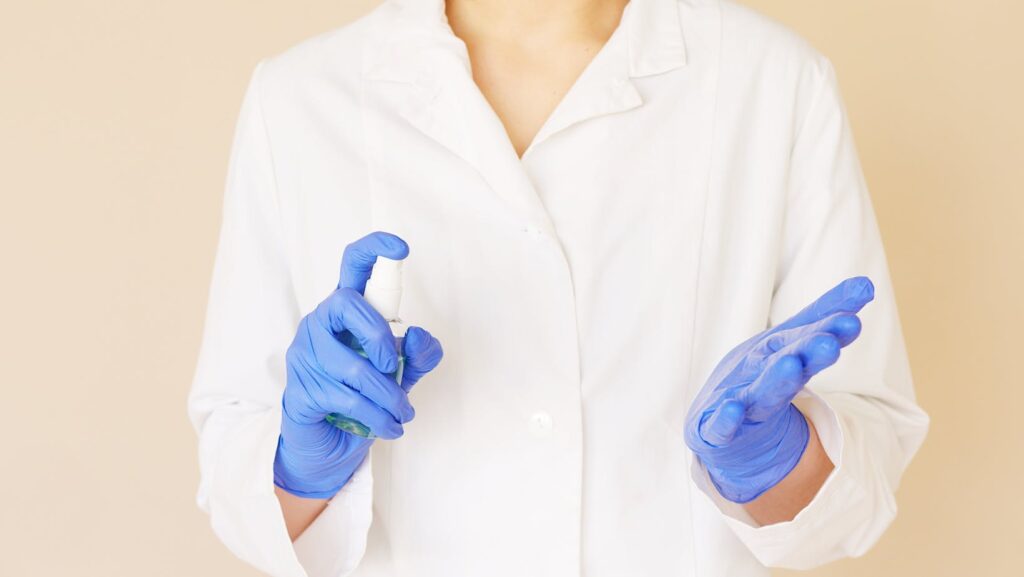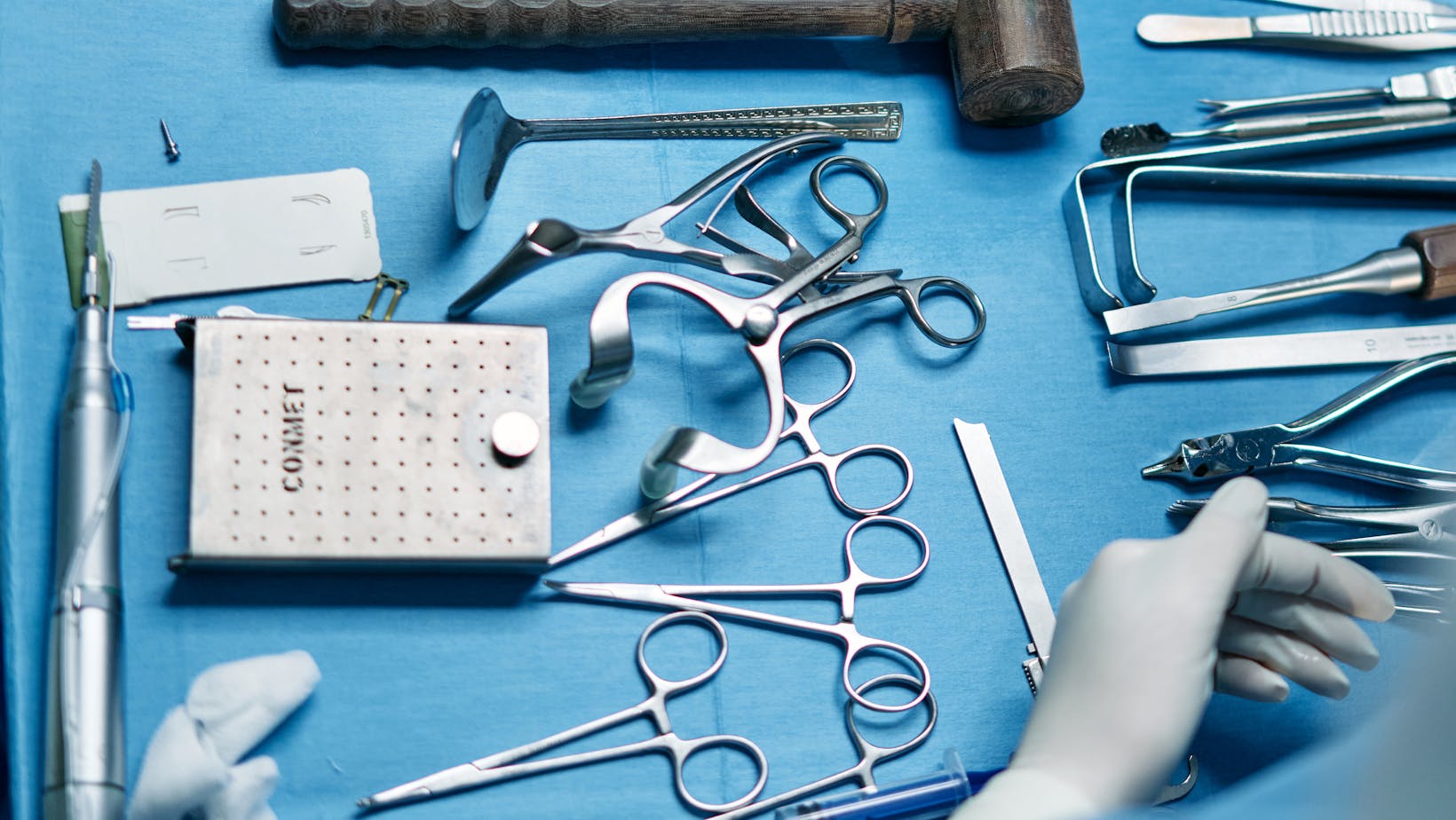In the realm of medical procedures, one principle stands as a non-negotiable standard: sterile technique. It’s a cornerstone in ensuring the safety and success of any invasive process, be it minor or major surgery.
Sterile techniques are meticulous practices conducted to prevent contamination from microorganisms. These measures are crucial in avoiding infections, maintaining an environment free from harmful bacteria and viruses during surgical procedures.
The importance of sterile technique can’t be overstated—it plays a vital role not only in operating rooms but also in research labs and outpatient clinics. Its goal is straightforward: to protect patients as well as healthcare providers from potential infectious agents. Thus, understanding and correctly implementing sterile technique is essential for anyone involved in any form of medical procedure.

Importance of Sterile Technique
The sterile technique isn’t just a buzzword in the medical field; it’s a vital aspect that plays an instrumental role in ensuring patient safety. From surgical procedures to simple wound dressings, this method is fundamental to all healthcare settings.
Definition of Sterile Technique
Sterile technique refers to the practices aimed at eliminating all forms of microbes and preventing their introduction to sterile areas. It encompasses several processes such as proper hand hygiene, use of personal protective equipment (PPE), sterilization of instruments and surfaces, among others.
- Hand hygiene: This involves thorough washing and sanitizing of hands before handling any sterile materials.
- Use of PPE: Wearing clean gloves, masks, gowns, etc., provides a barrier between the healthcare provider and the patient.
- Sterilization: All tools used in patient care must undergo rigorous cleaning and sterilization processes.
While it might seem like standardized practice now, the concept wasn’t always prevalent. The adoption of these techniques has drastically reduced infection rates over time.

Significance in Healthcare Settings
In healthcare settings, maintaining sterility is paramount for multiple reasons:
- Prevention of Infections: Invasive procedures can expose patients’ internal body parts to environmental microbes leading to severe infections if not carried out under sterile conditions.
- Patient Safety: By following strict sterile techniques, healthcare professionals ensure that patients are protected from potential health risks associated with non-sterile environments.
- Reduced Mortality Rates: Studies have shown a significant correlation between adherence to sterile techniques and reduced mortality rates due to post-surgical complications.
So whether it’s administering injections or conducting complex surgeries – every medical procedure leans heavily on these practices for successful outcomes.
Just imagine this scenario – you’re about to undergo surgery; wouldn’t you want your surgeon armed with not just his scalpel but also impeccable standards when it comes using a sterile technique? It’s not just about the equipment. It’s about how they’re used, how the environment is maintained and most importantly, how seriously healthcare providers take their responsibility towards your health.
With this understanding, it’s clear that sterile technique isn’t just a technical term in a medical textbook but an essential component of healthcare delivery. Emphasizing its importance can strengthen patient trust while reinforcing the commitment to quality care within healthcare institutions.
Principles of Sterile Technique
Sterile technique, a critical practice in medical procedures and research, is based on certain key principles. These principles ensure the prevention of contamination by microorganisms during patient care or laboratory work.
Hand Hygiene
Frequently overlooked, hand hygiene is perhaps the most fundamental aspect of sterile technique. It’s not just about washing hands; it’s about doing it correctly and at the appropriate times. Hand hygiene involves thoroughly washing hands with soap and water for at least 20 seconds or using an alcohol-based hand sanitizer when soap isn’t available. This should be done before donning gloves and after removing them.
Consider these statistics:
| Year | Healthcare-associated Infections due to poor hand hygiene |
| 2016 | 722,000 cases |
| 2017 | 745,000 cases |
| 2018 | 768,000 cases |
These numbers underscore the importance of proper hand hygiene in maintaining sterile conditions.
Use of Personal Protective Equipment
Another cornerstone principle in sterile technique is the use of personal protective equipment (PPE). PPE includes items like gloves, gowns, masks, eyewear and more – all designed to create a barrier between personnel and infectious agents.
Here are some key points regarding PPE:
- Gloves should be worn whenever there might be contact with blood or other potentially infectious materials.
- Masks are required during procedures that may generate splashes or sprays.
- Gowns offer full body protection against potential splashes.
Keep in mind that wearing PPE doesn’t replace good hand hygiene practices; they go hand-in-hand (no pun intended!). Moreover, each piece of equipment must be appropriately donned and doffed to maintain its effectiveness.
In summary: mastering these two basic principles – rigorous hand hygiene and proper use of PPE – forms a sturdy foundation for employing effective sterile techniques. With these in place, healthcare and laboratory professionals are well-equipped to minimize the risk of infection and contamination.
Common Sterile Techniques
In the realm of healthcare, sterile techniques are crucial. They’re not just important—they’re absolutely indispensable. These techniques play a pivotal role in preventing infections while performing medical procedures.
Sterile Field Preparation
One common technique is the preparation of a sterile field. It’s an area free from all microorganisms and acts as a sanctuary for sterile items. Setting up this safe zone starts with thoroughly cleaning the surface that’ll serve as your base. Then you lay down a large enough sterile drape to accommodate all your tools and materials.
Hospital staff must strictly adhere to certain guidelines when preparing a sterile field:
- Only sterilized equipment should make contact with the field.
- They should avoid reaching across or talking over it to prevent contamination.
- If any doubt arises about an item’s sterility, they consider it unsterile and remove it immediately.
